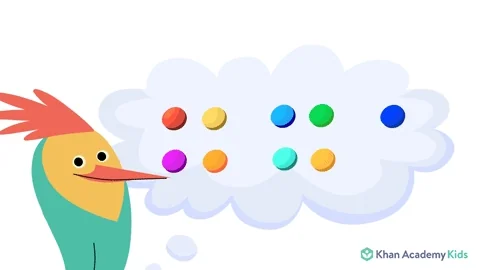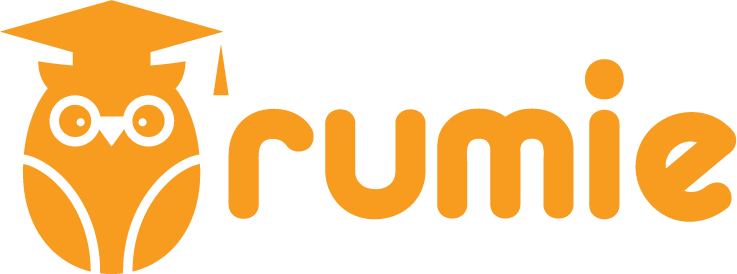
This logo isn't an ad or affiliate link. It's an organization that shares in our mission, and empowered the authors to share their insights in Byte form.
Rumie vets Bytes for compliance with our
Standards.
The organization is responsible for the completeness and reliability of the content.
Learn more
about how Rumie works with partners.
Have you ever wondered, "How can I learn Korean?" Maybe 'cause you're a fan of K-pop or K-drama, or you just want to learn a new language.
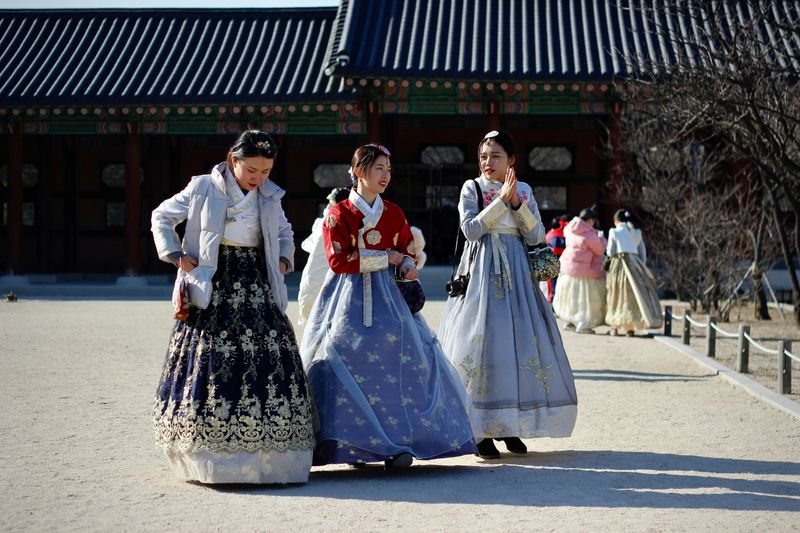 Photo by Kseniya Petukhova on Unsplash
Photo by Kseniya Petukhova on UnsplashKorean is the official language of North and South Korea, with more than 75 million speakers worldwide.
Because of the Korean Wave (rise of Korean culture), the number of Korean speakers continues to grow.
Are you ready to join them?
Hangul 한글 — The Korean Alphabet
Hangul looks tricky because it doesn't use the English alphabet we know. But actually, it's one of the simplest alphabets to learn!
It has 24 basic letters (14 consonants, 10 vowels), and they're phonetic! This means that once you learn the sounds, you can read anything in Korean, even if you don't understand it yet!
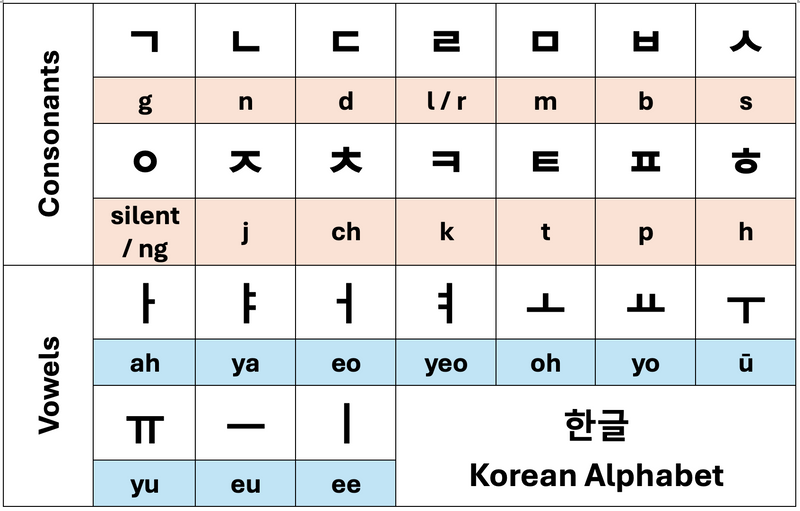 Image created by author
Image created by author
All consonants are designed to represent the shape of the mouth when you pronounce them
Each character represents a sound, not a word
To make words, combine consonants and vowels in the shape of a square block for each syllable. ( 안 = ㅇ (silent) +ㅏ (AH) + ㄴ (N) )
Check your pronunciation with the videos below!
Once you have the basics down, advance your Hangul skills with this guide by 90dayKorea.
Did you know?
Romanization systems were introduced to make languages accessible to foreigners as it transcribes Hangul into English alphabets. But, it doesn't accurately represent Korean sounds, so you'll have unnatural pronunciation if you rely on Romanization. So, it's better to learn Hangul and the proper sounds from the beginning.
Korean Speech Levels

Formal: used in business situations, with service industry workers, and public speeches.
Polite: most commonly used in everyday life and situations. You can use it with strangers, co-workers, and those ranked higher or older than you.

Plain: used with those in the same status or lower rank, between close friends or family, and used in textbooks, magazines, newspapers, etc.
Casual: used between close friends, siblings, and those younger than you.
So, what do these speech levels look like in action? Let's try it using Hello and Thank you.
"Hello!"
Formal = 안녕하십니까 (annyeonghasibnikka)
Polite = 안녕하세요 (annyeonghaseyo)
Plain = 안녕 (annyeong)
Casual = 안녕 (annyeong)
"Thank you!"
Formal = 감사합니다 (kamsahabnida)
Polite = 감사해요 (kamsahaeyo)
Plain = 고맙다 (gomapda)
Casual = 고마워 (gomawo)
TIP: If you are unsure which level to use, the polite form is the one you should choose. 💡
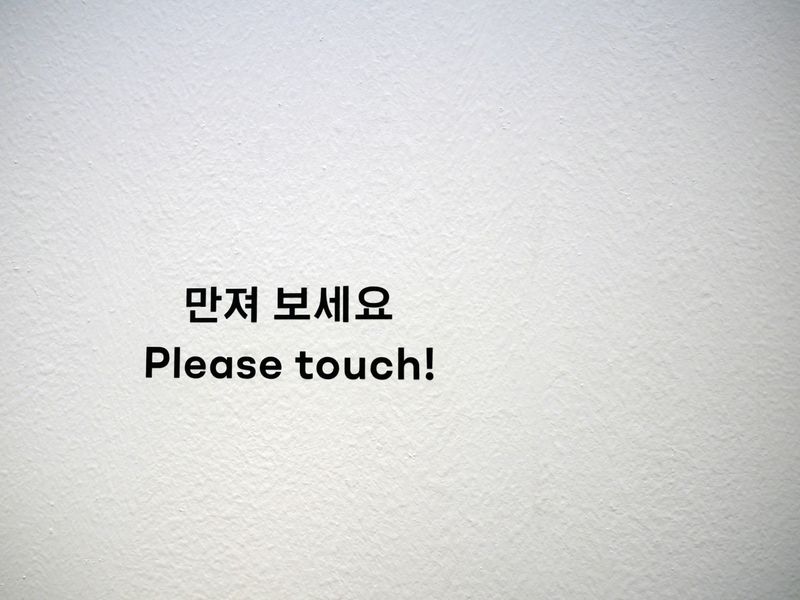 Photo by Suzi Kim on Unsplash
Photo by Suzi Kim on UnsplashQuiz
When talking to you teacher, which version of "Thank you!" would you use? Choose all that apply:
The formal, 감사합니다 (kamsahabnida), and the polite form, 감사해요 (kamsahaeyo), are appropriate for those ranked higher or older than you.
Korean Numbers
Korea actually has two number systems: native Korean numbers used for counting items, age, and telling time (hour), and Sino-Korean numbers for things like money, phone numbers, and dates.
Get practicing with Native Korean numbers below:
And if you want to practice your Sino-Korean numbers, check out this video that can help you count from 1 to 100!
Quiz
How do you say March 5? (March = 3월 sam wol)
Dates use Sino-Korean numbers, not native Korean numbers.
Basic Greetings and Useful Phrases
With your Hangul reading skills in place, it's time to explore common phrases. The best place to start? Greetings!
Whether you're meeting someone for the first time or saying goodbye, here's what you need to know:
Hello: 안녕하세요 an · nyeong · ha · se · yo
Goodbye (when someone is leaving): 안녕히 가세요 an · nyeong · hi ga · se · yo
Goodbye (when you are leaving): 안녕히 계세요 an · nyeong · hi gye · se · yo
Thank you: 감사해요 kam · sa · hae · yo
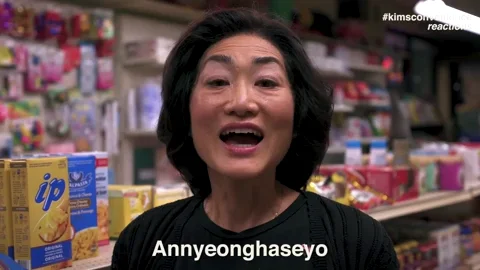
Practice reading and speaking Korean with these common phrases that will make you sound like a natural!
Yes = 네 ne
No = 아니요 a · ni · yo
I'm okay = 괜찮아요 gwaen · chan · ah · yo
I'm sorry = 죄송해요 choe · song · hae · yo OR 미안해요 mi · an · hae · yo
Please give me ____= ____ 주세요 ju · se · yo
How much is it? = 얼마예요? eol · ma · ye · yo
Please help me = 도와주세요 do · wa · ju · se · yo
Wait = 잠시만요 jam · si · man · yo
If you think you're ready to learn more common phrases, check out this video: 50 Must Know Phrases in Formal and Casual Korean
Take Action
Whether you want to learn Korean for when you meet your favorite K-pop group, to understand K-dramas without subtitles, or to prepare for a trip to Korea, learning a new language is a journey!

Take small steps, practice every day, and soon you'll be speaking like a native Korean!
This Byte has been authored by
Kathrine Dela Cruz
Instructional Design Technologist
MSc.
